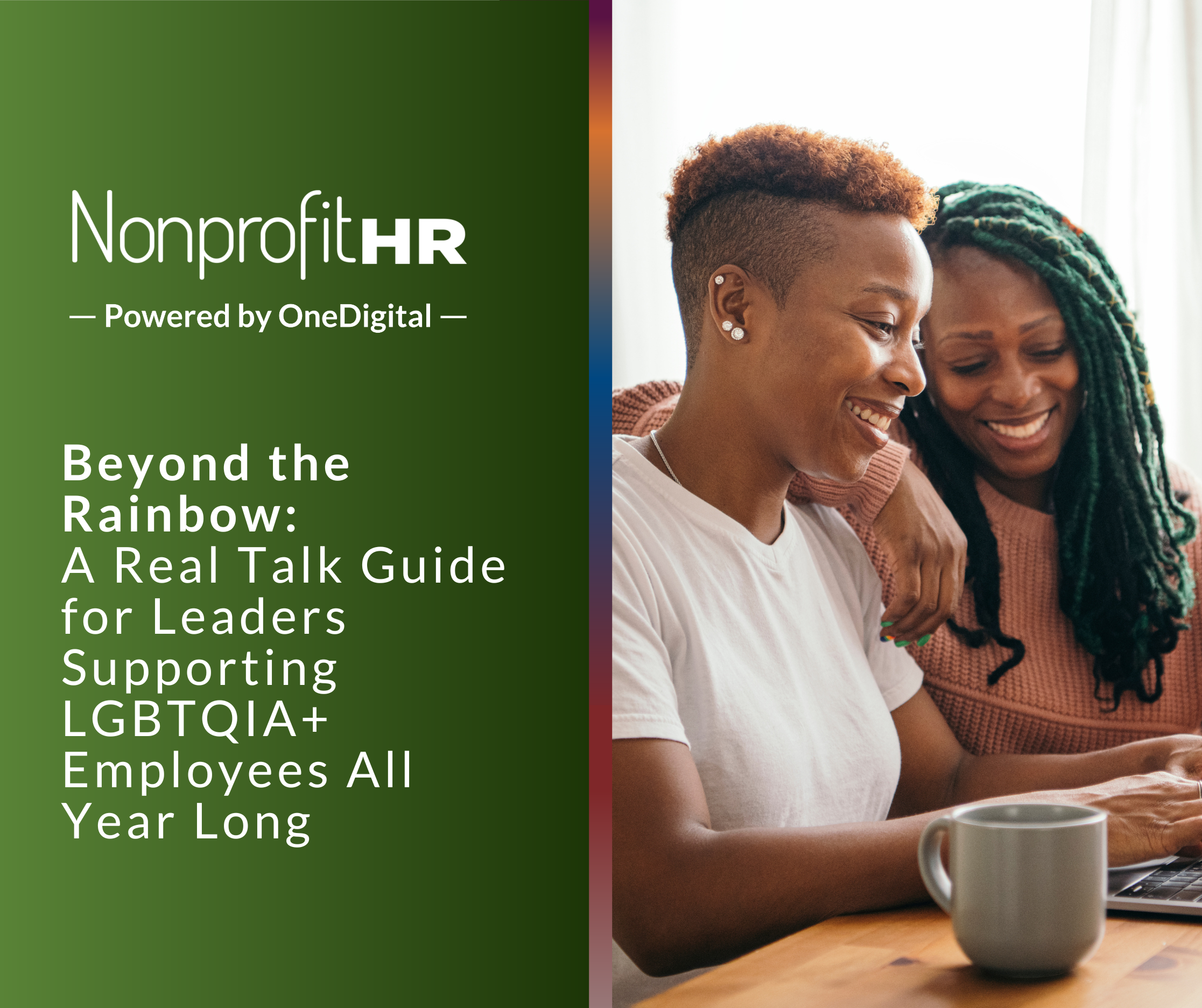WTOP: 5 ways nonprofits can…
A majority of practitioners today agree that executive leadership has a role to play when an organization is primed to advance DEI efforts. As more energy and momentum generate around this topic, executive leaders are making decisions on where they fit in the process. In some spheres, the issue of inequity in the workplace has become a crisis of operations and sustainability. Many leaders in the nonprofit sector might see their place as being at the helm, leading those efforts directly and with the same consistent approach that has successfully navigated crises in the past. There will be organizations that find a meaningful change with this approach, but for others, it may be necessary for an experienced executive leader to play a different role as their organization’s strategy becomes more focused on DEI.
The paradox is that the inequities within organizations and society have always existed and the leadership approach leveraged thus far may not be the best one to solve these issues. For example, some research indicates that CEO willingness to set up accountability mechanisms for DEI initiatives is influenced by their leadership style, social experience and sensitivity accumulated with age. Organizations that have executive leadership with limited experience advancing DEI initiatives have the potential to stifle or even set back progress in moving the needle. It is vital for executive leadership to be objective about their level of leadership over DEI initiatives.
Regardless of experience or depth of knowledge on how to move the needle on DEI metrics, executive leadership is always an essential component of advancing the work through their networks of influence. Two actions that every executive leader can and should perform include advocating for the work and being involved in the work. Advocacy of senior leadership is critical since they are uniquely positioned to articulate the vision of change and model how change will occur. CEOs and Executive Directors are also important when it comes to influencing board diversification. Being involved in the work means participating in trainings with staff of all levels and becoming more educated on issues and change management approaches that are novel. When determining if executive leadership should directly lead DEI initiatives, it is imperative to assess this in light of their experience and success in this area. For some executive leaders, the most impactful work they can do is to let others within the organization lead while advocating as they continue their own personal equity and inclusion journey.
Sources:
CEO Leadership Styles and the Implementation of Organizational Diversity Practices: Moderating Effects of Social Values and Age –
2012 by Eddy S. Ng & Greg J. Sears
Nonprofit Leadership Strategy Through a Time of Crisis, Part 1 – 2020 Kim Vaccari
Vision and Voice, The Role of Leadership and Dialogue in Advancing Diversity, Equity and Inclusion.
3 Lessons on Advancing Equity and Inclusion in the Workplace. Kimberley Jutze 2019.
Antonio L. Cortes, PhD is Nonprofit HR’s Senior Consultant for DEI. He has over a decade of experience as an applied Industrial/Organizational and Business Psychologist in the nonprofit sector. In his current role, he functions as a senior advisor on methodologies to assess, plan and improve approaches to incorporating DEI into organizational operations.































